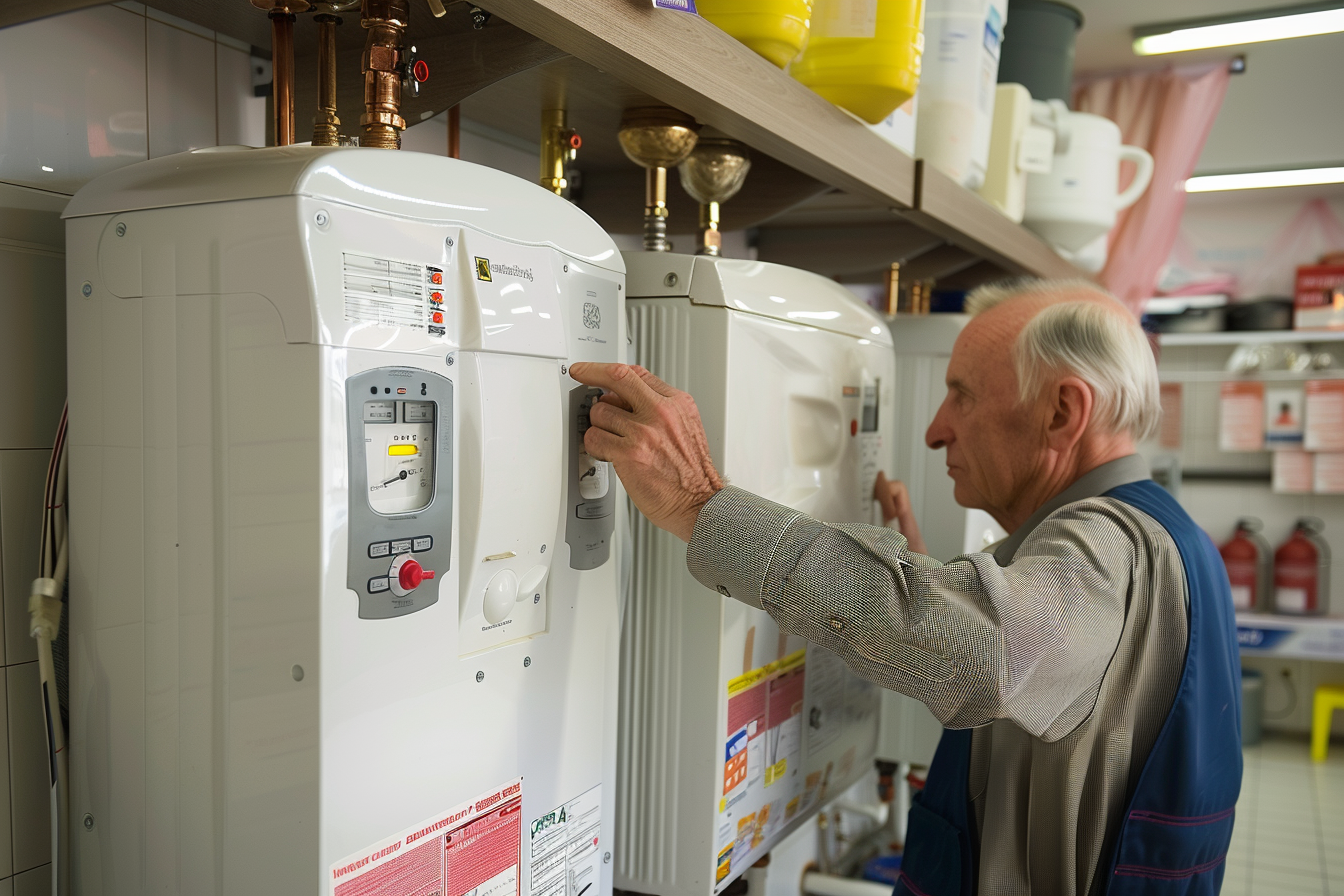Winter-Ready Furnaces: Essential Tips for Efficiency and Safety
As winter approaches, it's essential to ensure your furnace is ready to keep your home warm and comfortable. A well-functioning heating system is crucial not only for maintaining cozy indoor temperatures but also for ensuring energy efficiency and safety. Here’s a detailed guide to help you prepare your furnace for the cold months ahead.

How to Winterize Your Furnace Now
Preparing your furnace for winter involves several critical steps that should be completed before the heating season begins. Start by scheduling a professional inspection to identify potential issues before they become major problems. During this process, technicians will examine the heat exchanger, burner assembly, and electrical connections to ensure everything functions properly.
Replace your furnace filter, as a clean filter allows for proper airflow and reduces strain on the system. Check your thermostat settings and consider upgrading to a programmable model if you haven’t already. Clear the area around your furnace of any stored items, ensuring adequate ventilation and easy access for maintenance. Test your furnace by running it for a few cycles, listening for unusual noises and checking that all vents distribute warm air evenly throughout your home.
Strategies to Maximize Heating Efficiency
Improving your furnace’s efficiency involves both equipment maintenance and home preparation techniques. Seal air leaks around windows, doors, and ductwork to prevent heated air from escaping and cold air from entering your living spaces. Proper insulation in attics, basements, and crawl spaces reduces the workload on your heating system.
Regular maintenance of your ductwork ensures optimal airflow throughout your home. Have ducts cleaned and inspected for damage or disconnections that could waste energy. Consider upgrading to a high-efficiency furnace filter, but avoid overly restrictive filters that can impede airflow. Program your thermostat to lower temperatures when you’re away or sleeping, as reducing the temperature by just a few degrees can result in significant energy savings without compromising comfort.
Methods to Extend Your Furnace’s Life
Preventive maintenance plays a vital role in prolonging your furnace’s operational lifespan. Schedule annual professional tune-ups that include cleaning internal components, lubricating moving parts, and calibrating controls. Regular filter changes, typically every one to three months depending on usage and filter type, prevent dust and debris from accumulating in the system.
Monitor your furnace’s performance throughout the heating season, noting any changes in heating patterns, unusual sounds, or increased energy consumption. Address minor issues promptly before they escalate into major repairs. Keep the area around your furnace clean and unobstructed, ensuring proper ventilation and preventing overheating. Document all maintenance activities and repairs to track your system’s history and identify patterns that might indicate underlying issues.
How to Prevent Dangerous Leaks
Gas furnace safety requires vigilant attention to potential leak detection and prevention. Install carbon monoxide detectors on every level of your home and test them regularly to ensure proper function. Learn to recognize the signs of gas leaks, including the distinctive sulfur-like odor, hissing sounds near gas lines, and dead vegetation around outdoor gas connections.
Have your gas lines and connections inspected annually by qualified technicians who can identify worn seals, corroded pipes, or loose fittings. Never ignore warning signs such as yellow or orange flames instead of blue, soot buildup around the furnace, or frequent headaches and fatigue that could indicate carbon monoxide exposure. If you suspect a gas leak, immediately turn off the gas supply, evacuate your home, and contact emergency services from a safe location away from the building.
Tips to Avoid Costly Furnace Repairs
Proactive maintenance and careful monitoring can prevent many expensive furnace repairs. Keep detailed records of your system’s age, warranty information, and maintenance history to make informed decisions about repairs versus replacement. Address minor issues immediately, as small problems often escalate into major failures if left unattended.
Learn to recognize early warning signs of furnace problems, including inconsistent heating, unusual noises, frequent cycling, and increased energy bills. Regular professional maintenance visits allow technicians to identify potential issues before they cause system failures. Invest in quality replacement parts and professional installation rather than attempting complex repairs yourself, as improper work can void warranties and create safety hazards.
| Service Type | Average Cost Range | Frequency | Key Benefits |
|---|---|---|---|
| Annual Tune-up | $80-$150 | Yearly | Prevents major repairs, maintains efficiency |
| Filter Replacement | $10-$30 | Monthly to Quarterly | Improves air quality, reduces system strain |
| Duct Cleaning | $300-$500 | Every 3-5 years | Enhances airflow, removes contaminants |
| Professional Inspection | $100-$200 | Annually | Identifies safety issues, ensures compliance |
Prices, rates, or cost estimates mentioned in this article are based on the latest available information but may change over time. Independent research is advised before making financial decisions.
Proper furnace preparation and maintenance create a foundation for safe, efficient heating throughout the winter months. By implementing these essential tips and maintaining regular professional service, homeowners can enjoy reliable warmth while minimizing energy costs and avoiding potentially dangerous situations. Remember that furnace safety and efficiency require ongoing attention rather than one-time fixes, making consistent maintenance practices your most valuable investment in home comfort and security.




